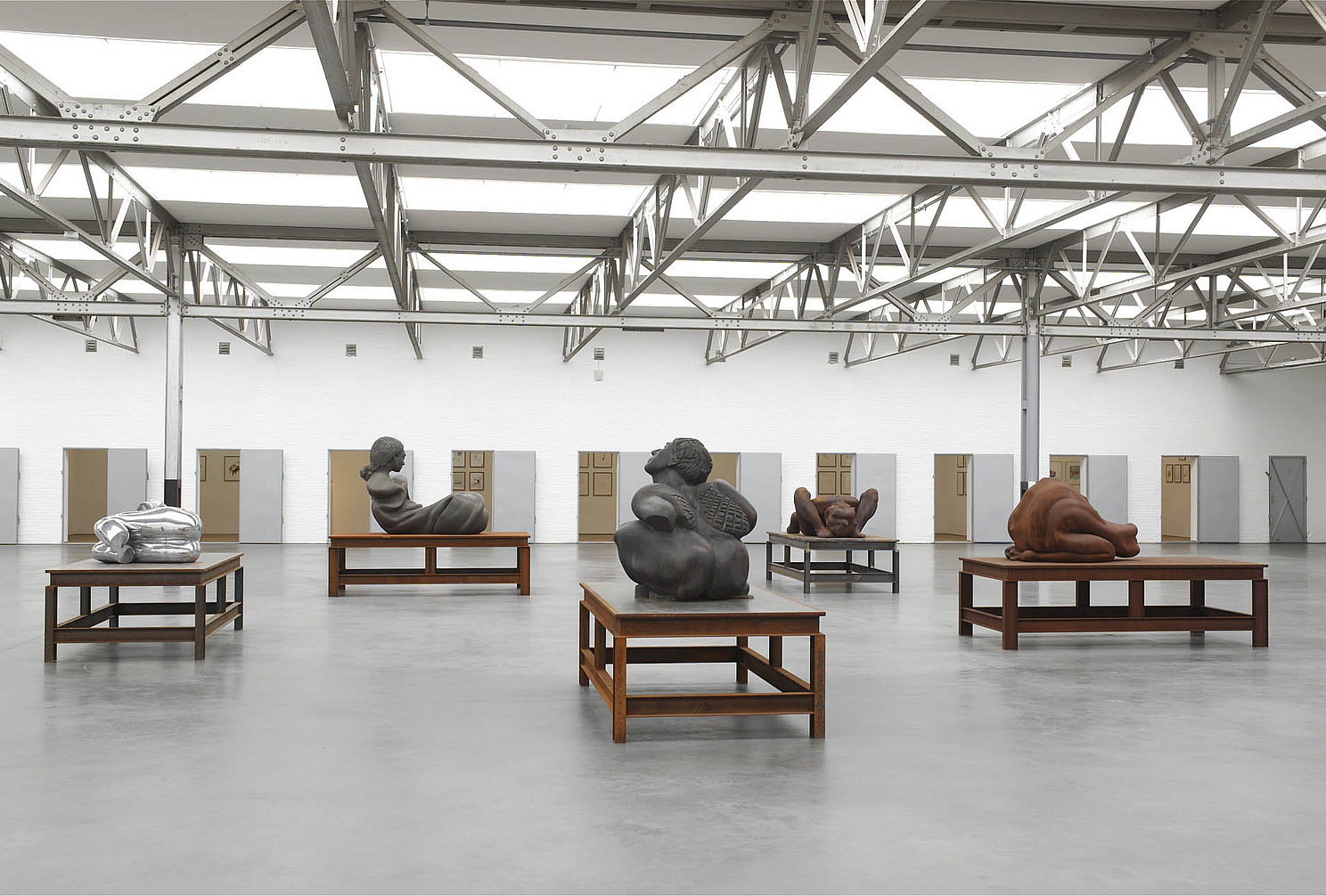Over the past thirty years, Thomas Schütte (1954) has developed a versatile body of work consisting of sculptures, drawings, watercolors, photographs and prints. De Pont has shown interest in Schütte for many years and owns, in addition to a range of prints and drawings, a number of major sculptural works by him.
Now, for a second time, De Pont will be dedicating an exhibition to this German artist. The broad retrospective held in 1998 encompassed his entire body of work. The current exhibition, organized in collaboration with the Kunsthalle Baden-Baden and Neues Museum Nürnberg, focuses on his works on paper. From the hundreds of these that he has produced since the mid seventies, about 300 works have been selected, many from the artist’s own collection. In Tilburg the exhibition will moreover include a number of recent sculptures of female figures.
Schütte’s first exhibition at De Pont prompted Dutch art critic Hans den Hartog Jager to compare his work to a fragmentation bomb. By this he was referring not only to the impact, but also to the diversity of the work. With Schütte, there is no sense of rectilinear development; the works differ too much in terms of character for that to occur. One can sooner speak of groups of work, and each demands its own right to exist.
The current exhibition delves into a single aspect of Schütte’s work, but even these works on paper cannot be reduced to one common denominator. Their sizes and the techniques employed in them, for example, manifest great diversity. Due to the enormous dimensions and the use of enamel paint in Bühnenaufzüge in 3 Akten (1987) these works have the look of paintings on paper. Other drawings, such as the many Luise portraits (1996) carried out mainly in pencil and India ink, show much more intimacy. Also in terms of character and drawing style, the works differ greatly. With their austere lines and harsh shadows, the architectural models in the series Hauptstadt II (1981) express a repellent unapproachability, which is far removed from the gentle, atmospheric quality of Skizzen für grosse Bilder (1982). And then, too, there is the difference in how these drawings function. The Mirror Drawings, in which Schütte has portrayed his own face time and again, stand alone as a series. But the drawings of architectural models do bear a relationship to sculpture. That connection is very direct in the three drawings, meters in height, titled die Fremden (1991): design sketches for the group of sculptures that Schütte produced for the 1992 Documenta in Kassel. There the colorful family group was set up on the roof of a palace converted into a department store, as a contemporary, more rigid version of the Baroque figures located at the adjacent Fridericianum.
Despite the wealth and diversity of these works on paper, it is nevertheless possible, just as with his sculpture, to discern a number of cohesive groups – the architecture-related drawings, the still lifes with potatoes and fruit, and the series of flowers, portraits and stuffed animals drawn from models being the most prominent of these.
Irony, humor and melancholy – in various degrees and combinations – determine the tone of Schütte’s works on paper. Language also plays a significant role. Schütte likes to employ a combination of word and image in his drawings.
Recalcitrance happens to be another characteristic of Schütte’s art. What modern artist, wanting to stand out in the art world, would choose three stacked potatoes as the motif for a number of monumental still lifes? And what does it say when a contemporary artist, with every technical means at his disposal, simply draws ‘from life’ and takes inspiration from a flower, a woman or his own face in the mirror?
Visual beauty, which takes a stand against the clichéd motif, and the almost sentimental annotations allow the drawings to elude any clear-cut interpretation. This ambiguity also characterizes the series of female portraits titled Luise (1996). Here Schütte concentrates on the portrayal of something from reality in just a few lines and washes and, in doing so, he dares to take extreme, unexpected measures. “To really look at what’s in front of you. By simply looking, for instance, you get an idea of what an ear looks like.
